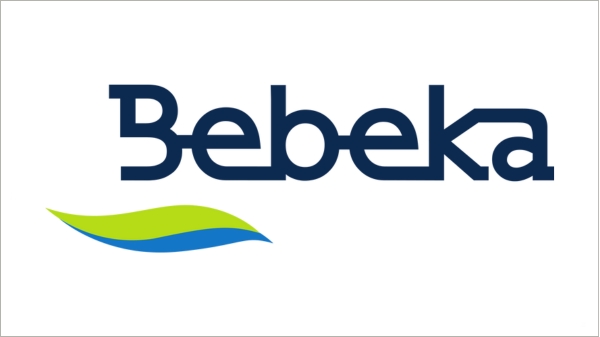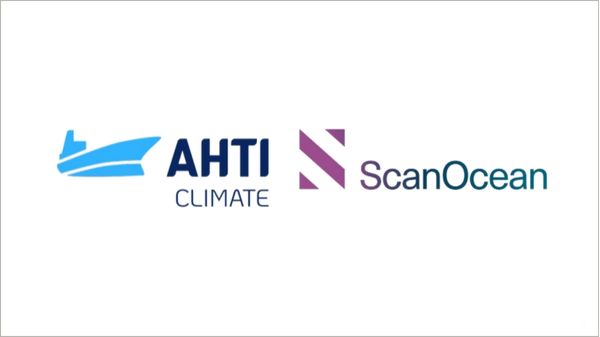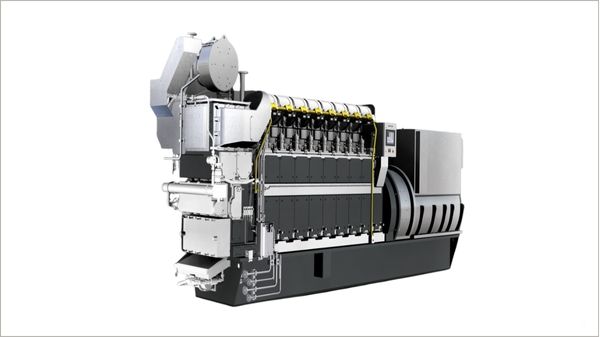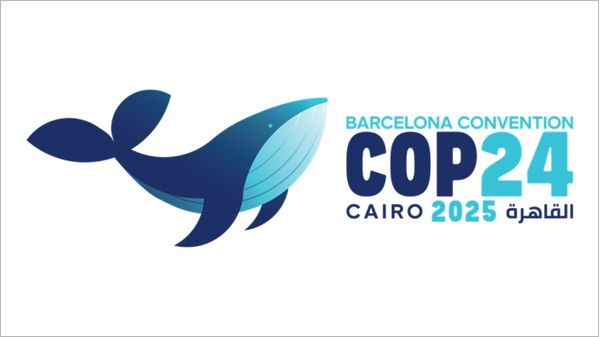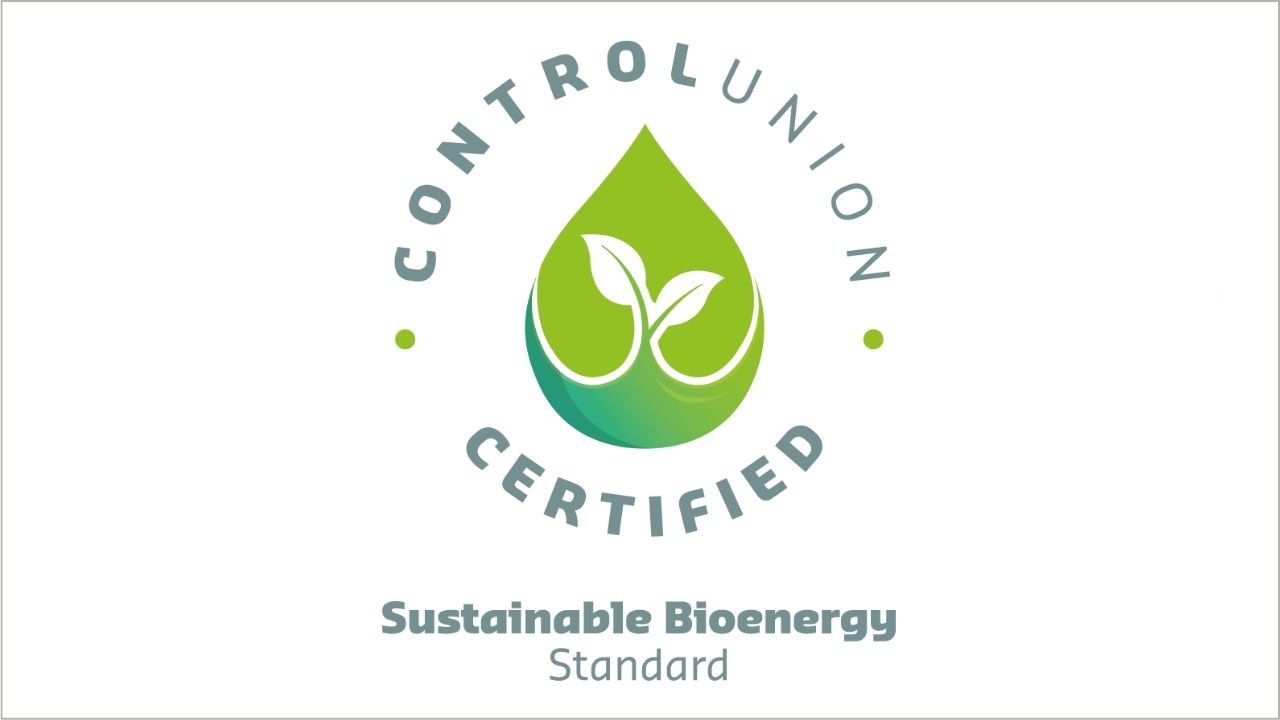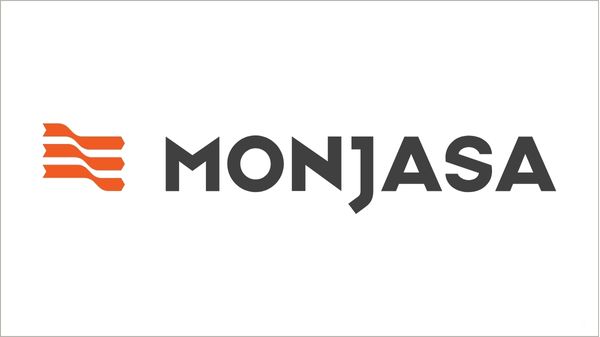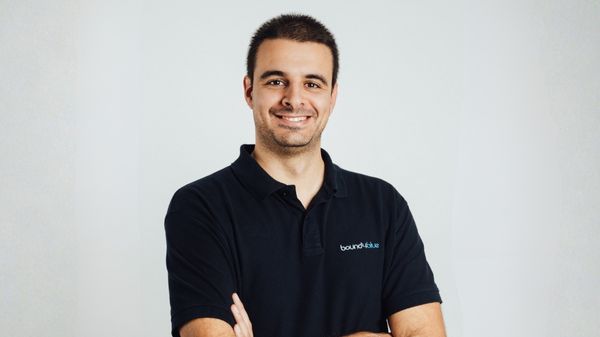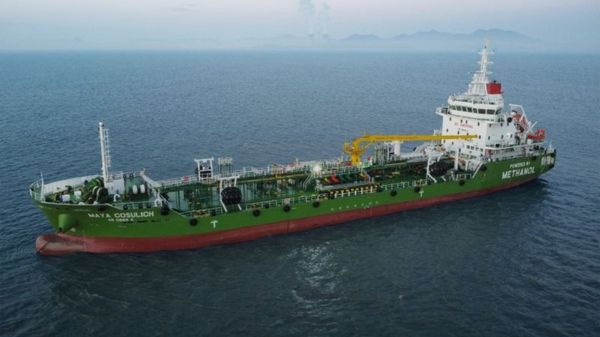The ports of
Seattle and
Tacoma have announced the results of a study that quantifies the carbon footprint of containers coming through the
Puget Sound and concluded that the lowest emission route to ship cargo from Asia to the U.S. Midwest is through the Puget Sound – the “Green Gateway” for trade.
“The carbon study results are good news, and a great boost to our efforts to measure and reduce our environmental impact,” said Port of Seattle CEO
Tay Yoshitani. “Our ongoing sustainability initiatives have created a ‘Green Gateway’ that is good for our environment and our customers.”
The study, commissioned by the Port of Seattle, was conducted by
Herbert Engineering, a ship design, engineering and transportation consulting firm based in California.
The analysts looked at the carbon footprints of trade routes between Singapore, Hong Kong, and Shanghai, and the U.S. distribution hubs of Chicago, Columbus and Memphis as well as rail routes through the ports of Prince Rupert, Seattle, Oakland, and Los Angeles/Long Beach.
The study also analyzed routes via the Panama and Suez Canals through the ports of Houston, Savannah, Norfolk and New York. Ships sized at 4,500, 6,500, 8,500, and 12,500 TEUs (twenty-foot equivalent units) were included in the survey, as was the expansion of the Panama Canal in 2014.
According to the study, Puget Sound ports have a clear advantage in greenhouse gas emissions compared to East Coast ports for intermodal shipments from Asia to the Midwest.
It also concluded that while ocean transportation emits less carbon per container TEU (twenty-foot equivalent unit) on a per-mile basis than rail, the ocean distance to West Coast ports is short enough to offset the carbon impact of rail transportation from the West Coast to inland destinations.
Even in 2014, when the Panama Canal expansion is complete and larger ships begin to transit the canal, West Coast ports will maintain their carbon emissions advantage, the study said.
The effort to measure carbon footprints along trade routes is the latest step taken by the Puget Sound ports to quantify and reduce air emissions from maritime sources.
The Ports of Seattle and Tacoma partnered on the first maritime air emissions inventory for the Puget Sound region. Initiated in 2006, the
Puget Sound Maritime Air Emissions Inventory is said to be the first to include greenhouse gas emissions. The study provided scientific data on the nature and extent of air emissions from maritime sources in the Puget Sound and Georgia Basin Airshed.
The
Northwest Ports Clean Air Strategy – a joint effort of the Port of Seattle, Port of Tacoma and Port Metro Vancouver – used the data from the inventory as a starting point for establishing emissions reductions benchmarks. The Clean Air Strategy establishes specific goals and dates for reducing emissions from ships, cargo-handling equipment and trucks that move cargo to and from the ports.
The goal of all of these efforts was to make the gateway more efficient and competitive, improve air quality, and reduce costs.
"The Puget Sound Maritime Air Emissions Inventory and Northwest Ports Clean Air Strategy are groundbreaking documents. They are unique not only because of the kind of information they contain, but also because of the cooperative approach they represent. The Ports have worked hand-in-hand with the transportation industry, regulatory agencies, community organizations, labor and environmental advocates. That cooperative approach has helped us move farther, faster without adding fees for port users," the Port of Seattle said.
"The Port of Seattle has taken a leading role to ensure that such policies are based on sound data, working with World Ports Climate Initiative members to develop guidelines all ports can use to measure the carbon footprint of their operations," the Port added.
Green actions to date
In 2005,
Princess Cruises joined with the Port of Seattle, the
Environmental Protection Agency, the
Puget Sound Clean Air Agency (PSCAA) and
Seattle City Light to bring the first shore power connection to the Pacific Northwest.
Holland America Line followed in 2006 with a second connection.
These shorepower connections reduce green house gas emissions by 29 percent per vessel call. All cruise ships calling that do not connect to shore power are required to use fuels with a sulfur content of 1.5 percent or less, reducing particulate matter emissions.
In January 2009, the Port of Seattle and PSCAA implemented the At-berth Clean Fuels (ABC Fuels) program, which provides incentives for container ship operators to use low sulfur fuel (0.5% or less) while the vessels are docked in Seattle.
As of April 2009, six carriers have signed up for the program (Maersk Line, CMA CGM, APL, Matson Navigation, Hapag Lloyd and Norwegian Cruise Line) and several others are considering participation. ABC Fuels is expected to reduce emissions of particulate matter from participating ships by 60 percent and sulfur dioxide by 95 percent. More than half of the ships that call frequently at the Port of Tacoma voluntarily burn cleaner, low sulfur distillate fuels while docked in Tacoma.
"The approach of both ports through all of these steps has been to partner with customers, tenants, community groups, environmental organizations and regulatory agencies. The result has been effective solutions that keep the port competitive and do not increase costs for shippers or carriers," the Port of Seattle said.

